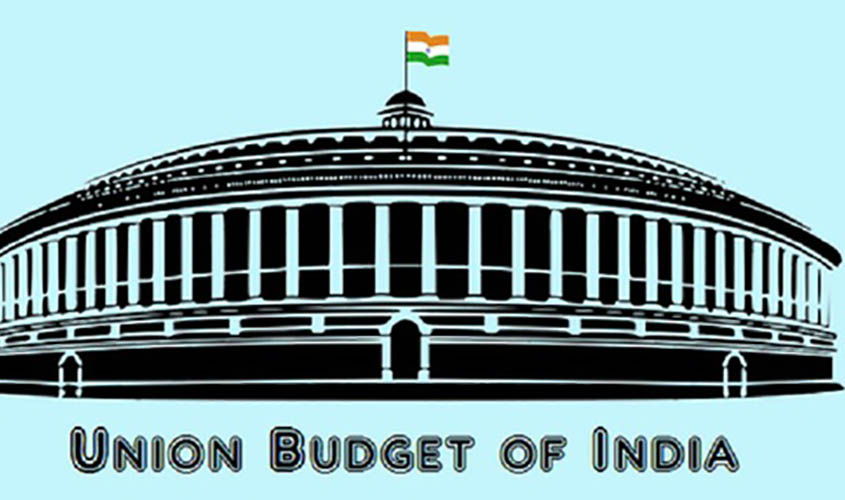Tax rates must be reduced and the taxpayer should be respected, not hounded.
Anecdotal evidence of growing prosperity in Gujarat ensured that Narendra Modi got enough Lok Sabha seats in 2014 to be the Prime Minister. In 2019, comparing him to his principal rival for the post, Rahul Gandhi, voters decided that they had a better chance of prosperity if Modi got a second term. They voted for him notwithstanding the fact that the annual growth rate had fallen from 8% in his first year to 5% during the fifth, hoping that the coming years would be different. And that just as a 2% rate of growth defined the tenure of Jawaharlal Nehru, an average growth rate of at least 10% would mark Modi 2.0. The Union Budget that the Finance Minister of India will be presenting in a couple of months will be an indicator of whether such hopes are realistic or not. It will follow six budgets that strayed very little from those presented during the UPA-era years. Those budgets based themselves exclusively on seeking to gouge out as much revenue as possible from existing revenue targets, rather than create a taxation matrix as would promote stable long-term growth in the economy. Tax rates were basically left unmodified, while the many penalties and prohibitions that were a staple of the Chidambaram years were added on to rather than reduced the way they ought to have been. It was taken as a given by the political leadership that officials armed with such powers and who were concerned with the raising of revenue were honest and efficient without exception. The distortions and injustices that would get created were such an assumption of official integrity to be incorrect were ignored. However, it was not merely the Chidambaramesque tables of taxation, regulations, and official practices, that caused the obstacles to growth the economy has been experiencing. The first blow came early in 2015 on the most marginal elements of the population, the landless and the holders of micro farmland. Their main wealth was the cattle they owned. The “gau rakshaks» saw to it that the usual methods for making full use of such stocks disappeared, in some cases on pain of death. Certainly the protection of cattle is a noble objective, but forcibly preventing their poverty-stricken owners from selling them to others created distress and dislocation on a significant scale in the rural economy. Using the force of law—and the bludgeon of the police baton to enforce the same—is a mechanism that needs to be used sparingly rather than promiscuously. Over time, the poorest of the rural poor (on whom fell the heaviest burden of compliance caused by post-2014 laws and administrative practices designed to protect cattle from slaughter) would have moved away from reliance on cattle. Till such a time, to suddenly change the economic rules that were applied to them only created a spike in poverty among the poor in the countryside, not to mention the dismal fate of myriad cattle that were left free to roam aimlessly in an increasingly desperate hunt for survival. A future assessment of this phase would be instructive to policymakers, in that it would serve to caution them against seeking to use administrative methods to tackle issues better left to the less kinetic ways of social reformers.
The next shock was the 2016 demonetisation of 86% of India›s stock of currency at for hours notice. Prime Minister Narendra Modi›s plan to switch to a different sort of currency (although not of a different size that created complications with ATM machines) was a bold stroke. However, those tasked with implementing the Prime Minister›s idea ought to have ensured that sufficient liquidity was ready at hand within the economy to ensure zero dislocation when the changeover was made. Instead, the Reserve Bank of India failed the nation in its solemn promise to redeem the banknotes it was printing, while the hundreds of alterations in the regulations governing the changeover made the country›s monetary authority a global laughing stock, and the cause of confusion that affected the business environment significantly. That a country such as India where 80% of those employed are in the informal sector
Rather than continue with the Modi 1.0 experience of diluting through inefficient conceptualising and implantation the effects of Prime Minister Modi’s reform moves, 2020 needs to be the year when policy matches Modi’s expectations rather than undershoots the same. Not only must tax rates be reduced but the taxpayer should be respected and not hounded. Regulating the essentials ensures compliance and efficiency, while seeking to control every micro detail of activity only leads to chaos. The Finance Minister of India needs in the 2020 Union Budget to not only match any previous “Dream Budgets”, but through innovative and bold ideas, but excel them with miles to spare. Fiscal policy is about setting the stage for strong and sustained growth, not gouging out as much as possible in a year from an economy that is faltering as a consequence of the continuing prevalence of Sonia-Chidambaram approaches to revenue that were continued rather than discarded post-2014.

